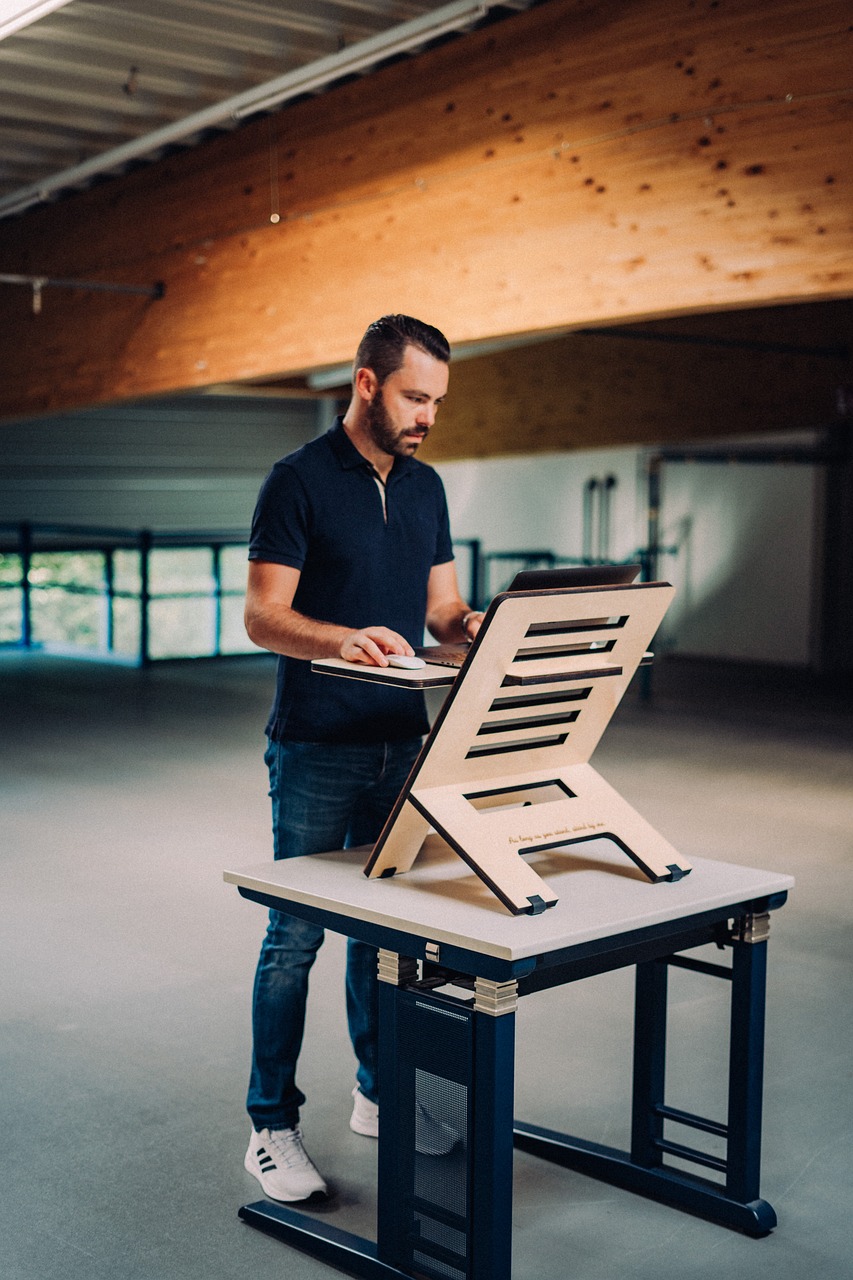
Do you know how to stand? Silly question, as most people will say, “Obviously, I know how to stand!” What if I told you that there isn’t a right or wrong way to stand, but there is a way to stand that is the least demanding on your body? Every person’s body is different, so the way you stand will look different from person to person. However, there are some general guidelines to find proper standing posture to achieve your least demanding way to stand.
Tips for Standing Better
-
Stagger your stance. When you stagger your stance, more emphasis is placed on your legs, especially the front leg. This takes pressure off of your low back. A staggered stance can also be used for lifting objects off the ground. This creates a much more stable base for your body to work with.
-
Have a slight bend in your knees. When you stand with your knees locked, where do you feel it in your body? Most likely your low back. To optimize your stance, have a slight bend in your knees and stagger your stance to put your legs and glutes to work rather than the smaller muscles in your low back. This reduces the strain on your low back that you feel when your knees are locked.
-
Prop up one foot. Ever looked at a bar in a pub and noticed that underneath there is a long, low bar? That is actually to rest your feet on to make standing while having a drink more comfortable. Try putting one foot up on it to ease the strain of standing. You can use this same concept at work and home, too. If you are able to prop a foot up on a short step or stool, this will neutralize your hips, which will keep your back feeling much better. It will also give one foot a break. Make sure you alternate which foot you prop up throughout the day.
-
Most importantly…MOVE! It is okay to fidget. Movement keeps your blood flowing, which helps your muscles and joints feel better and keeps you more awake and focused.
Forming Better Habits
Building posture habits takes time. When it comes to standing posture, having reminders about modifying your stance can assist you in implementing these tips. Find a way that works well for you—writing sticky notes, setting phone reminders, teaming up with a co-worker, etc. Use whatever method helps you be accountable until you have made better standing posture into a habit. Once you have learned to offset your feet, bend your knees, prop up one foot, and move regularly, you should find that you have fewer lower back aches and foot pain, because you have reduced the strain caused by standing poorly.
~ Alex Moctezuma, PTA ~
